World Fine Art Professionals and their Key-Pieces, 241 - Johan Gerritse
World Fine Art Professionals and their Key-Pieces, 241 – Johan Gerritse
Johan Gerritse covers a wide field with his photography. He takes photos of people, landscapes, pop festivals and companies. However, his real focus is on landscapes. That landscape is not necessarily outside the city, in the countryside. It is more about an empty space in which something happens. He also makes many series.
I speak to Johan Gerritse in the Café of Filmhuis The Hague. He has a few cardboard envelopes with a print with him that he wants to show later.
Minimal landscape
He likes a minimal landscape, with a lot of emptiness, he says. “But something has to happen in it. The easiest way is to have a person act in it. For example, I made a photo of the outer-dike landscape of Friesland on the wadden side. And the Spanish Steps in Rome early in the morning, ditto the square in front of the Vatican. A person then brings the whole to life. ”
Very often photos are in black and white. That has the most expressiveness. And also a print on paper of 30 – 30 cm or 30 – 45 cm. “Then you see more photography than with a digital image. A digital photo is more perishable, it also has much less emotion. ”
Erwin Olaf
He recently visited the Erwin Olaf exhibition in the Gemeentemuseum and the Hague Photomuseum. “I found one room overwhelmingly good. They are mega-sized directed photos. I have been enjoying for half an hour. It’s about details: how people look at you. I was particularly impressed by a lady in an ocher yellow long dress. She was standing next to a leather couch and behind it a slightly translucent curtain. That look of that woman, and the way she touches the couch with her finger! ”
He himself directs little. “I have not staged much. I take a picture if people don’t notice it. I made my most beautiful portraits during weddings.” He points to the photo of Hugh Grant on the wall, a poster from the movie ‘Maurice’. “Also nice, I would do it myself in black and white.”
Ragnar Axelsonn
His greatest example is the Icelandic photographer Ragnar Axelsonn. “Twenty years ago he started recording global warming. This is particularly noticeable at the equator and the polar circles. He made many photo reports in the context of global warming for animals and people: the seal hunt, the polar bear hunt, the fishery, how the lives of farmers are changing as a result of global warming. The Inuit in Greenland and Canada are moving further south. The farmers and fishermen have fewer returns. I saw an exhibition in Reykjavik. Awesome. The black / white enhances the images. It’s about the way he photographs people in landscapes. He emphasizes the emptiness by photographing people in it. ”
Johan also has in common with Axelsonn that he likes to make series, reports. “I like to show a photo in its context. I then select 5-7 photos that say more about the first photo. In this way, lesser photos can reinforce each other. ”
Roll film
He currently has a Mamiya 645. “A camera with roll film negatives. I don’t have a ‘wet darkroom’. I have them printed at Hafo in The Hague. I prefer it to a digital camera. You can get lost in that, those cameras take things over from you. With the Mamiya I have to measure everything myself, focus myself. I do scan the photos myself: little contrast, lighting, cropping, but as little as possible. I want to stay close to the original. ”
How long has he been a photographer? “Twenty years ago I bought my first Pentax SLR. The photos I took with my old camera did not always work. After a vacation, all the photos turned out to be failed due to a defect in the camera. ‘That won’t happen to me anymore’, I thought. I went on a photography course, and soon ended up in the Koorenhuis in The Hague. There I also did a darkroom course, which was about composition and image development. We had a good teacher who taught you to look well. 80 percent of a photo starts with looking. It is your camera, but especially your creative mind. ”
Peter Lindbergh
He then went to Grafisch Lyceum in Rotterdam for extra courses. “That’s how I developed further. I got to know other photographers, watched documentaries about photography.” That is how he came across the Austrian photographer Peter Lindbergh and the American Vivian Maier. “They made fantastic things that I learned a lot from. Peter Lindbergh once said that if you look into someone’s eyes through the lens, it looks like you’re looking into someone’s soul. I once made a photo series of Stacey. She tended to smile for the photo. I asked her not to. The result was great. She had never seen herself like this. ”
At one of his exhibitions he had furnished a studio in a corner. “I then portrayed all my visitors. This way there was good interaction with people who came to see my work. The people received the photos at home. There was noticeable emotion. I have experienced that before. Once a man wanted to have a photo for his mourning card, other times people were in tears for family photos, with babies and children. ”
Trojan horse
It is time to unpack the envelopes with two photo series. The first series was made on the ground floor, under the stairs of the Trojan Horse (Paard van Troje) pop center in The Hague. The building is empty. On the right you see bar stools. Sharpness and blur are combined in the photos, a sharp image on the right and a blurred image on the left or vice versa. He made the series fall 2018. “It was out-of-the-box photography. It was about the contrasts. ”
He made the other series in a tunnel under the train track in Maastricht. You see the stairs going down, the trash can. There is a lot of graffiti. The spray cans are zoomed in. We see a skull drawn underneath with the text ‘Lost soul’ (“also an art expression”), we zoom in on a beer can on the ground (“it was about the line on the can”) and finally we see the end of the tunnel. Here too selective focus out-of-the-box.
Entering a new area
Finally, what is his philosophy? “I want to stay at the basics in my photography, against digital violence. I also want to cross my borders, enter new territory. I take no more than ten good photos a year, maybe not even that, maybe five. It is about the path that you follow, you must not act compulsively in it. ”
Images
1)Tan Hill – 2, 2) Church, 3) Spanish Steps – 1, 4) Spanish Steps – 2, 5) Swansea, 6) Tan Hill – 1, 7) Railway tunnel – 1, 8) Yorkshire, 9) Wadden Sea, 10) selfie Johan Gerritse
https://www.fotografiejohangerritse.nl/
facebook : JohanGerritseFotografie
foto’s: www.flickr.com/photos/johangerritse/
https://ifthenisnow.eu/nl/verhalen/de-landschappen-van-fotograaf-johan-gerritse
Disclaimer: The views, opinions and positions expressed within this guest article are those of the author Walter van Teeffelen alone and do not represent those of the Marbella Marbella website. The accuracy, completeness and validity of any statements made within this article are not guaranteed. We accept no liability for any errors, omissions or representations. The copyright of this content belongs to Walter van Teeffelen and any liability with regards to infringement of intellectual property rights remains with the author.

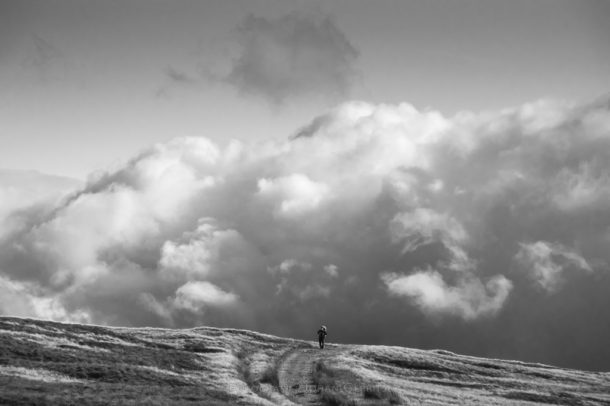
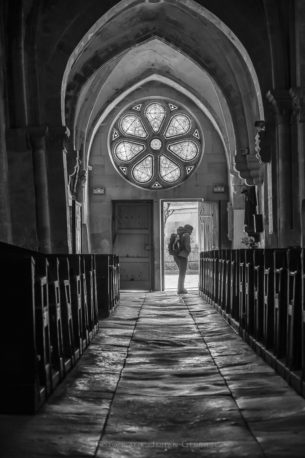
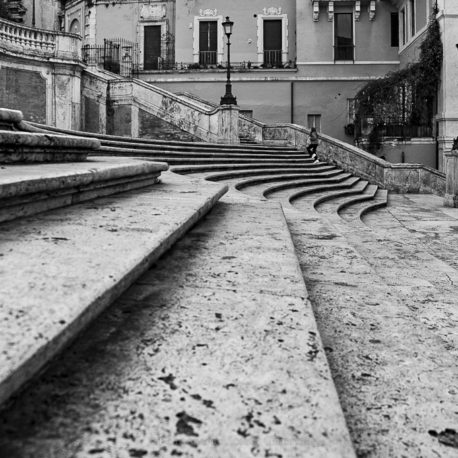
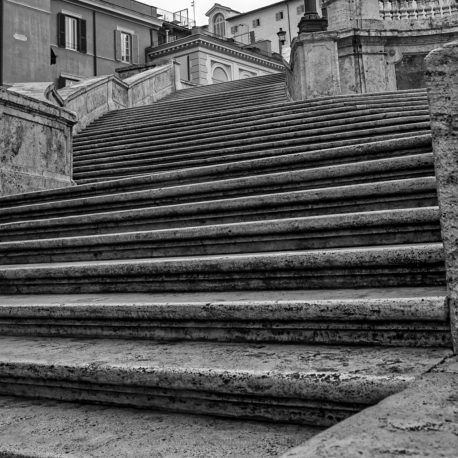
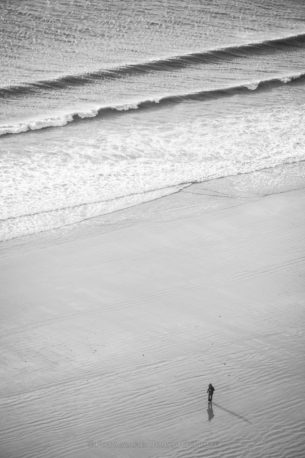
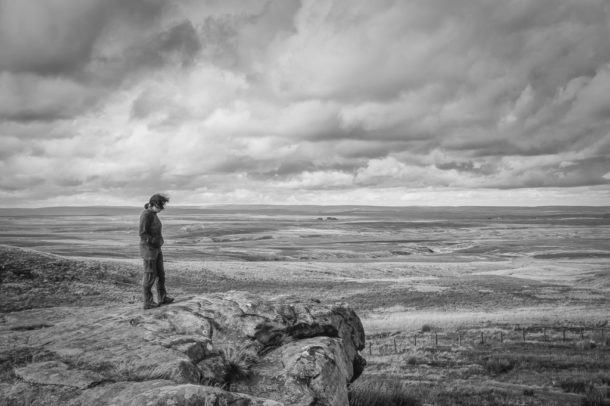
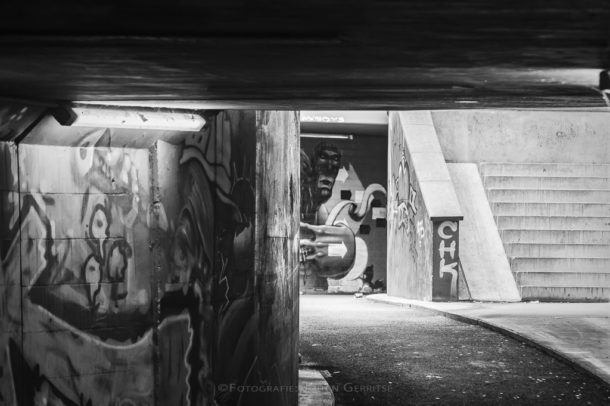
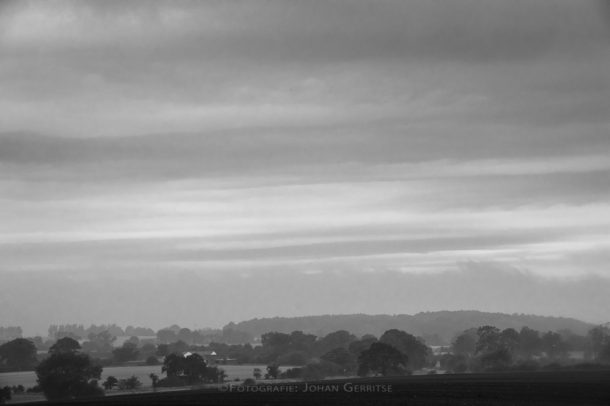
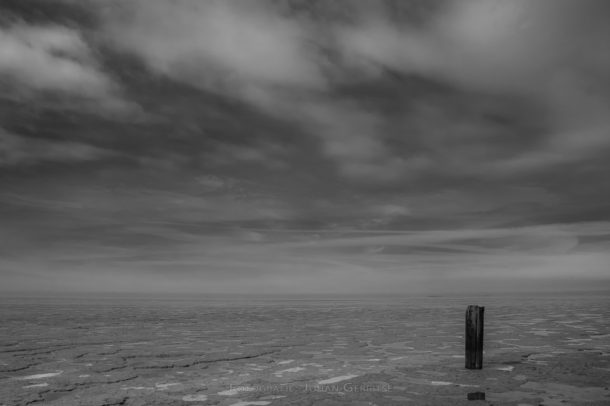
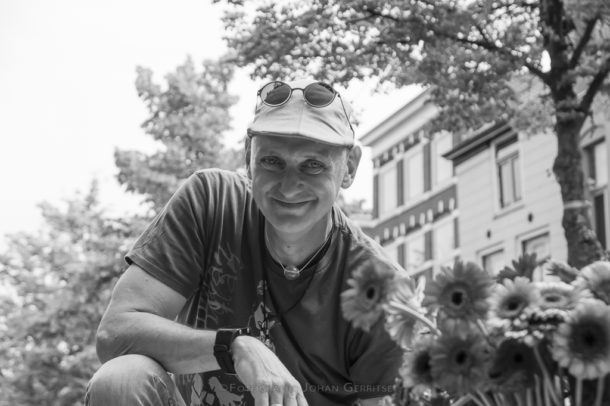














The opinions expressed by individual commentators and contributors do not necessarily constitute this website's position on the particular topic.